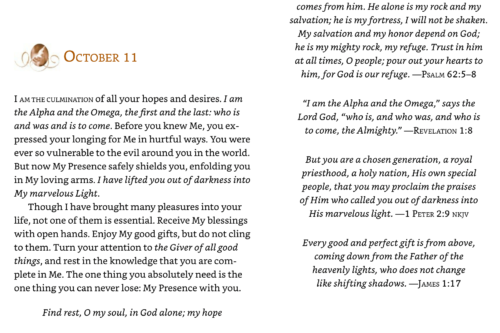Sacred Circles
God is an infinite sphere, whose center is everywhere and whose circumference is nowhere. —Alain of Lille, The Rules of Theology
Father Richard views the Trinity as a mutual “circle dance” of love and communion. Many mystics understood the circle as a more appropriate geometric shape than a pyramid to describe the shape of God and reality. In the conference “The Shape of God: Deepening the Mystery of the Trinity,” Richard said:
Those of us who grew up with the common Trinitarian notion of God probably saw reality, consciously or unconsciously, as a pyramid-shaped universe, with God at the top of the triangle and all else beneath. We like the pyramid. Knowing the line of authority or the pecking order can take away our anxiety. But this is exactly what the Trinity is not—the early fathers of the church said that the closest metaphor we can get for God is a circle dance of communion. It’s not hierarchical, monarchical, or a pyramid. [1]
The following passage from Rev. Dr. Randy Woodley, a theologian and Cherokee descendant, describes the power of understanding life through the symbol of the circle:
One model of understanding our relationship to everything is a simple symbol used among Native Americans: the circle. The harmony way of living is often referred to symbolically as a circle or a hoop. . . . Perhaps you remember when you were a child and an adult said something like, “OK, kids, gather around” or “Let’s get in a circle,” or simply, “Circle up.” Circles are found in nature; perhaps that’s why we are so comfortable imitating the pattern. . . .
The circle has no beginning and no end, so one can enter at any place or stage. The circle can explain stages of life, values, and different people groups. Circles can explain the seasons, how they all continue on to create harmony and balance.
Life is a sacred circle. When we gather in a circle, the praying has already begun. When we gather in a circle, we communicate with each other and with Great Mystery, even without a word being spoken. [2]
In a previous book, Randy Woodley further described the symbolism of the circle for Native peoples and the earth itself:
The circle or hoop as a symbol of life is found in nearly all Native North American tribes. The symbol is a powerful representation of the earth, life, seasons, cycles of maturity, etcetera. The symbolism of the circle is one of the oldest in North America, having been found in various parts of the country in ancient petroglyphs. It is included in Native American traditions. Many of the ceremonies, such as Sundance, Powwow, Native American Church, and Ghost Dance, are fashioned intentionally in a circle. In observing the outdoors, you will find that a circle is a common and natural shape. Trees, rocks, whirlpools, tornadoes, flowers, etcetera all bear a common resemblance to circular objects rather than triangles or squares. In general, right angles do not naturally occur in nature without assistance from human beings. [3]




